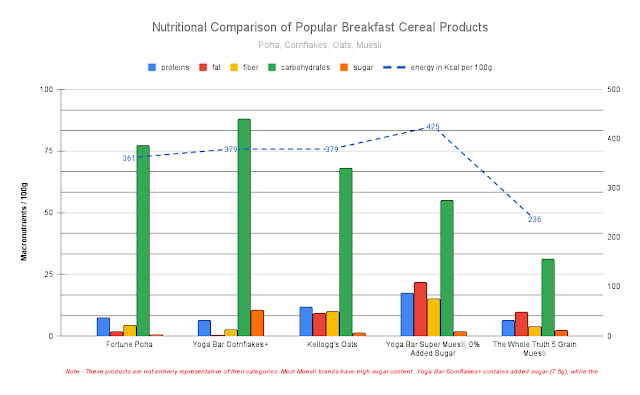How do I know if a packaged food product is high in fat, saturated fat, sugar or salt?
The Codex Alimentarius, established by the UN and WHO, offers a global framework for food labelling standards. While adherence to this "food code" is voluntary, its implementation varies worldwide.
In terms of nutritional labelling, it is a compulsory practice in most major economies, including the US (since the 1990s), India, China (2013), Japan, Australia, and EU nations (2016).
Labelling helps consumers to make an informed choice while purchasing their foodstuffs.
Nutrition information on labels on the back or side of packaging is provided per 100 grams or per 100 millilitres and sometimes per portion/serving of the food or drink.
According to UK's biggest health website, NHS, the following values are considered high:
Total fat - more than 17.5g of fat per 100g
Saturated fat - more than 5g of saturated fat per 100g
Sugars - more than 22.5g of total sugars per 100g
Salt - more than 1.5g of salt per 100g (or 0.6g sodium)
The table below shows how high, medium, and low levels of fat, saturates, total sugars and salt in foods are classified by the UK government for front of pack labels. The 'per portion' in red is used where portions are 100g or more.
 |
| Source: British Nutrition Foundation |
WHO recommends less than 2000 mg/day of sodium (5 g salt = 2000 mg sodium= 1 tsp) for adults



Comments
Post a Comment